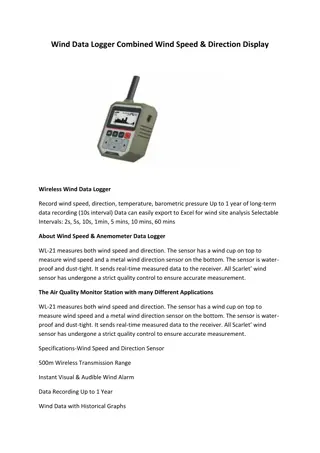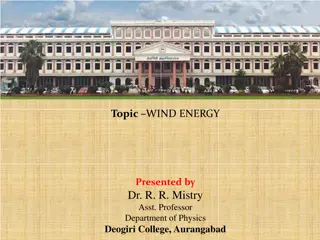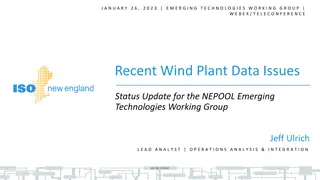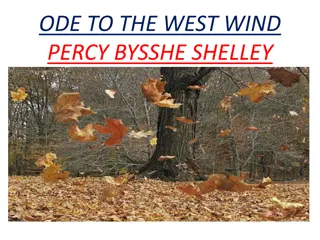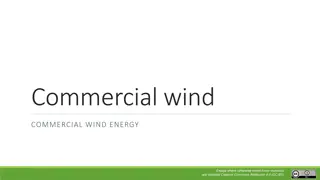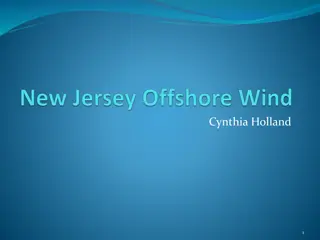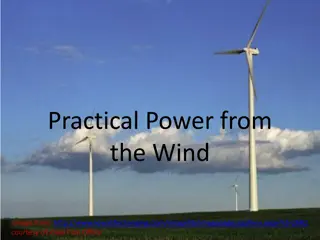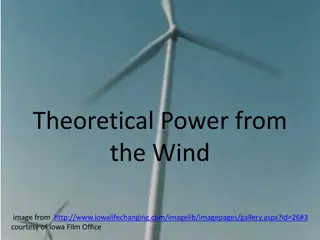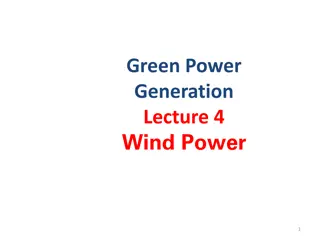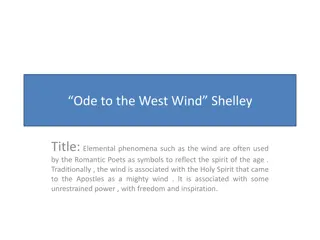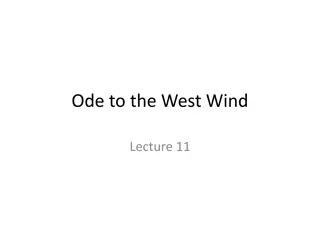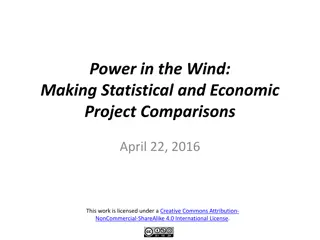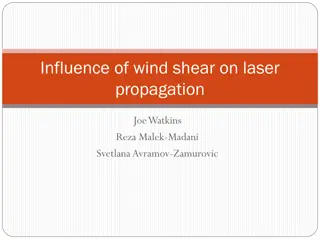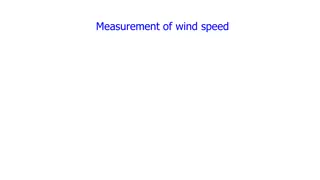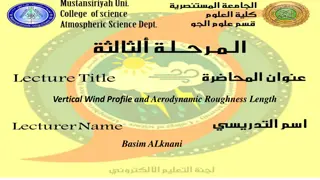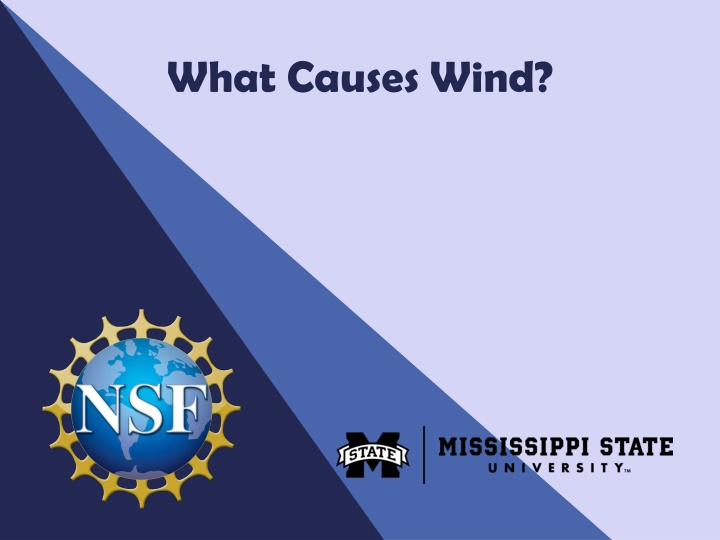
Wind Formation and Forces
Discover the factors behind wind creation, including pressure gradient force, Coriolis force, and surface friction. Explore how these forces interact to shape wind patterns across the Earth's atmosphere.
Download Presentation

Please find below an Image/Link to download the presentation.
The content on the website is provided AS IS for your information and personal use only. It may not be sold, licensed, or shared on other websites without obtaining consent from the author. If you encounter any issues during the download, it is possible that the publisher has removed the file from their server.
You are allowed to download the files provided on this website for personal or commercial use, subject to the condition that they are used lawfully. All files are the property of their respective owners.
The content on the website is provided AS IS for your information and personal use only. It may not be sold, licensed, or shared on other websites without obtaining consent from the author.
E N D
Presentation Transcript
What Causes Wind? Winds in the atmosphere occur because of a difference in pressure between two points. This pressure difference is known as a pressure gradient . Similar concept to water flowing downhill.
Pressure Gradient Force The force associated with the pressure gradient is known as the pressure gradient force, and it is directed from high to low pressure. The magnitude of the force is based on the change in pressure over distance. The steeper the hill, the faster the fluid flows!
Forces Acting on the Wind While the pressure gradient force causes winds to occur, other forces act on the wind to change its intensity and/or direction: Coriolis force Surface friction These three forces are what causes winds to change speed and direction across the Earth.
Coriolis Force The Coriolis Force occurs due to the rotation of the Earth, which makes winds appear to deflect . Winds in the Northern (Southern) Hemisphere deflect to the right (left) of the direction of motion, with the strongest deflection at the Poles and zero at the Equator. Winds resulting from a balance between the Pressure Gradient force and the Coriolis force are referred to as Geostrophic winds.
Surface Friction Friction at the surface can slow winds down through frictional dissipation. In the case of large surface features such as mountain ranges, the wind can be deflected.

